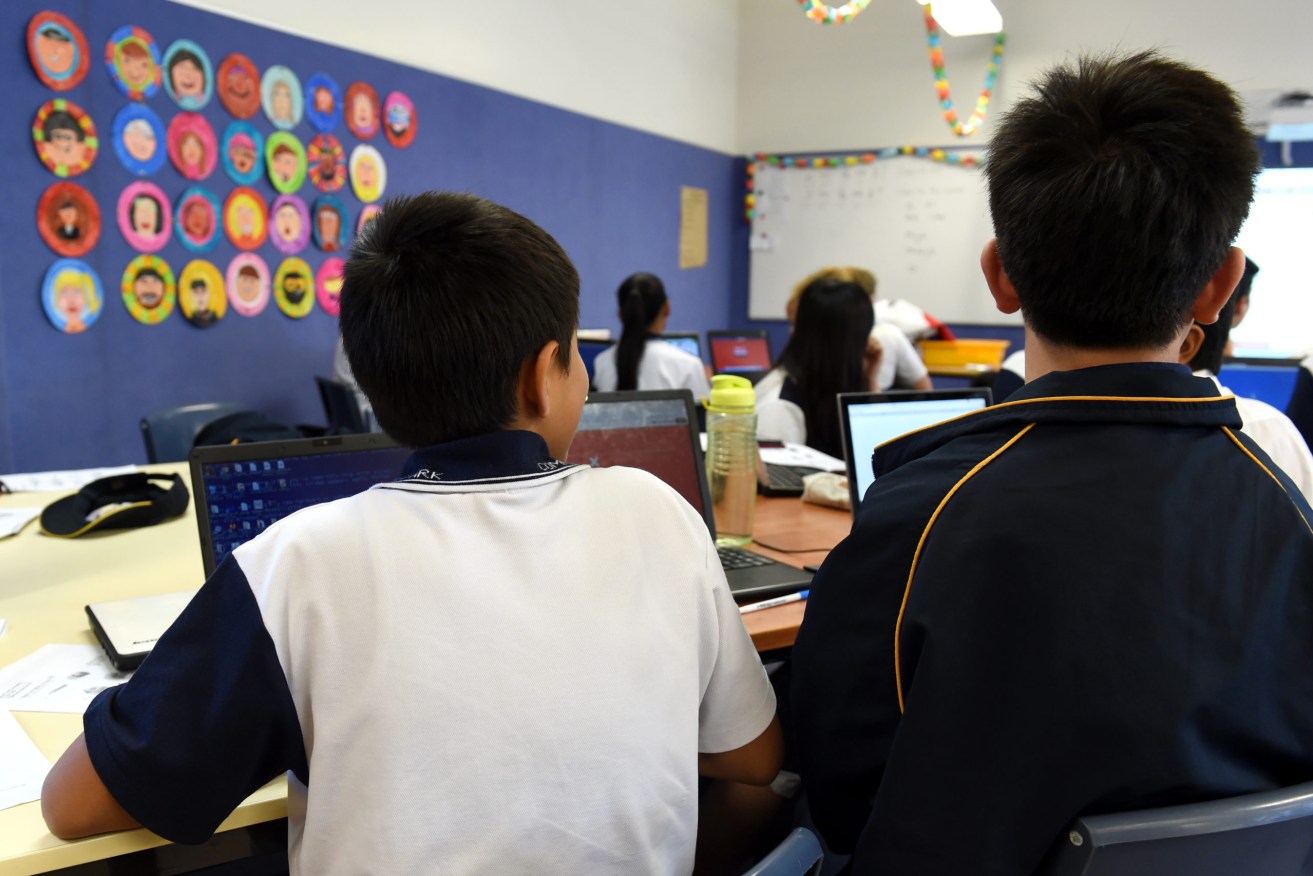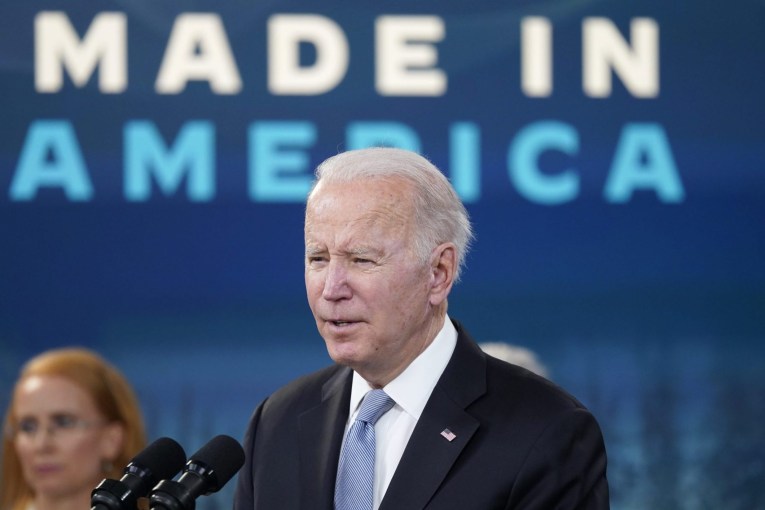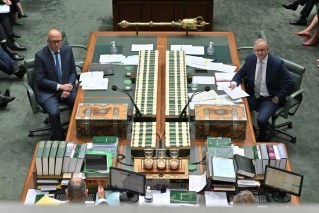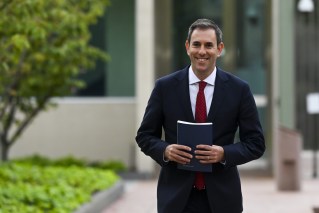Drag net: Qld’s school internet standard 200 times slower than NSW
The Queensland Audit Office has warned some students were left behind during the pandemic and the Palaszczuk Government is not keeping up with technology.

Queensland school internet standards are vastly slower than in NSW. (Paul Miller/AAP PHOTOS)
According to the QAO report, tabled in State Parliament today, Queensland’s benchmark for internet speed is currently 25 kilobits per second (kbps) per student.
“This is well below other states and is 200 times lower than the New South Wales benchmark,” the report found.
While rural and remote schools are less likely to have fibre internet connections, the worst connected region was the Darling Downs and Maranoa, where half of schools are reliant on older technology.
Generally, schools can access faster speeds but have to pay extra – and it may not be permanent.
“During the 2020 COVID-19 lockdown, the department upgraded internet speeds for 118 schools. Of these schools, 67 (57 per cent) have not retained the higher speeds, even though the service is available.”
Almost all students had access to devices during the home-schooling period of the pandemic, it varied by socio-economic status: 14 per cent of the most disadvantaged students had no access, compared to only two per cent of the least disadvantaged.
“Currently there is no funding allocated to schools specifically for providing students in low socio-economic groups with access to devices and the internet.”
While the education department has sought to increase overall internet speeds, it is struggling to keep pace with demand. Its overall digital strategy was developed in February 2020, and estimated to cost $754 million over six years to implement – money that was not forthcoming, given COVID-19 arrived around the same time.
“Given the changes in technology in the market since the plan was developed, and the current economic environment, funding was not made available to the department,” the report found.
“The department has not yet revised the digital strategy to what is achievable using current technologies and within the current funding environment.”
The report warned that the speed of the IT network that connects schools to the department will soon be insufficient, while 10 per cent of the equipment used to connect is no longer supported by suppliers.
Department of Education director-general Tony Cook told the QAO that Queensland faced challenges that other states did not.
“It is important to note that Queensland has some unique challenges when providing education services to our significantly distributed population,” Cook wrote.
“This includes isolated school locations that are often not within the proximity of a township and its associated services.”
Cook said the department was working with telcos and digital experts to improve internet speeds and access to technology.
“The department has also recently commenced the consultation phase for development of a revised Digital Strategy,” Cook wrote.
“The department acknowledges the need to provide clear guidance for schools on the appropriate use of targeted technology funds, and the development of strategic plans that include the role of digital pedagogies for learning and wellbeing.”









